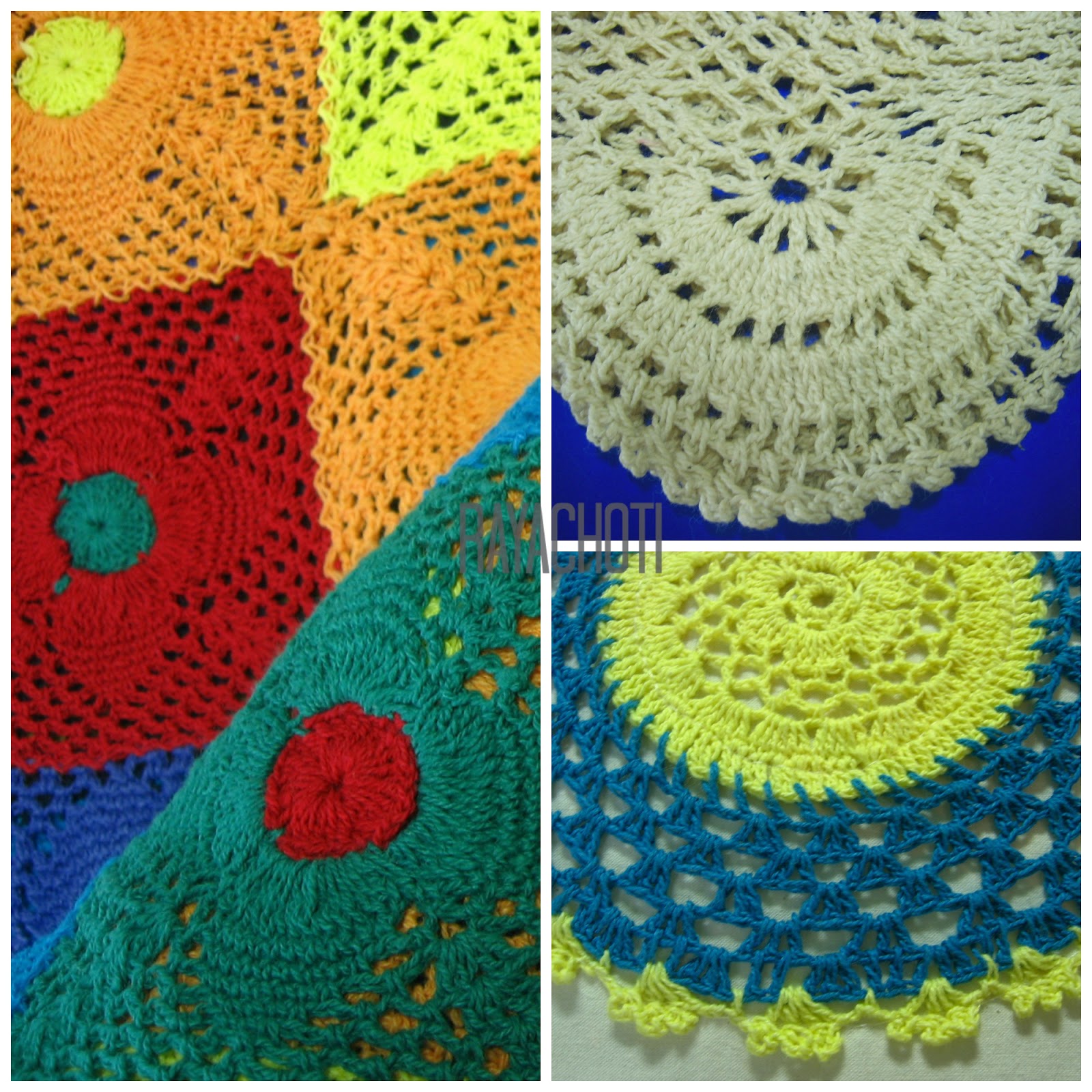People in Hyderabad are known to have returned from trips to Delhi laden with inexpensive crochet bought from the wholesale markets in Karol Bagh. Little do they realise that these intricately woven tablecloths and doilies are produced in their own backyard!
Narsapur is a town in the West Godavari district of Andhra Pradesh, approximately 60 kms from Hyderabad. Along with neighbouring villages like Palakol, it is home to a rather unlikely industry – crochet.
The word ‘crochet’ derives its name from the type of hooked needle called ‘croc’ or ‘croche’ (Middle French) that is used to hand-weave yarn.
Crochet grew in popularity in Europe of the 1800s as a less expensive substitute to lace. Although in that era, it was already known as a craft in India, it evolved as a cottage industry primarily due to the efforts of Christian missionaries in India to help destitute women and orphans earn a livelihood. Ultimately, centres like Narsapur began to cater to Buying Offices across the world as the women of the region took to making crochet to supplement the household income. Today, over 100,000 women of the region are part of the industry that was begun over a 100 years ago.
The production process is similar to that of most cottage industries. Ketan Shah of Jain Enterprises, an exporter of Narsapur crochet lace products, says, “When an export order is received, we purchase cotton yarn and give it to master craftsmen along with the specifications and design. A small craftsman take only about 100 kgs and distributes it among 60-100 women of the region, also specifying a time-frame, say 15 to 20 days, for completion of the order. He visits them periodically to ensure quality. At the end of the time-frame, the master craftsman comes to us, negotiates the wages and delivers the products. Then, we use our in-house facilities for finishing and packing.The finished products are exported mainly to Europe, the US and Latin America. ”
However, hand-made crochet as an export industry is seeing a down-trend. Although the exports from India continue, they are affected by a slump in demand owing to a price advantage that China offers. A full-sized bedcover can hardly be sold today for say, $15. Also, machine-made crochet has an advantage over hand-made in drastically altering the time-lines, quality and volumes.
For a white or gray crochet product, there is immense competition between exporters in India as well as from China. To beat competition, export houses like Jain Enterprises have innovated crochet with vibrant colour-fast yarn in shades like yellow, blue and maroon.
At the regional level, the income from crochet is not substantial for the women. They rarely earn more than Rs.2000 a month by crocheting. Various sources indicate that the presence of the middle-man is said to be part of the problem.
Also, this source of income is not the only means of sustenance as an increasing number of the youth earn well in the cities contributing a relatively much largely sum to the household. So, for some women in the region, crochet is a hobby, usually done while watching television.
Home accessories from Narsapur’s famed hand-made crochet industry range from doilies, pillow covers, cushion covers, table-runners, bed spreads and table cloths. To some degree, crochet finds its way into fashion in garments- like skirts, blouses, children’s apparel – and in trims.
(An edited version was published in the May 2009 issue of ‘At A Glance’. Pictures by author.)


